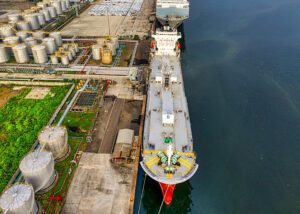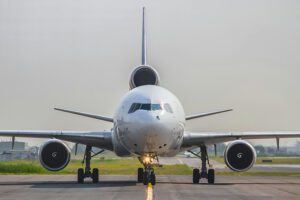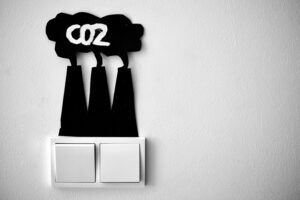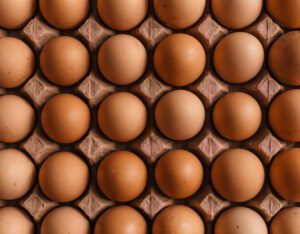The EU’s is grappling with China’s dominance of green hydrogen supply chains.
Europe and China are taking divergent strategies in their competition to control the rapidly expanding global hydrogen fuel market and achieve leadership in green technology.
Europe has become a leader in hydrogen technology development and policy in recent years, while China has accelerated its efforts to become a hydrogen superpower due to its abundant resources and manufacturing capacity.
Although they may not have technical superiority, China currently has more than half the worldwide capacity for hydrogen electrolysis, totaling 610 megawatts (MW), as F&E Trends reports.
Long hailed as the fuel of the future, green hydrogen has attracted unparalleled attention as nations look for environmentally friendly substitutes for fossil fuels. Europe is concerned about relying on China for its hydrogen energy supply chain, especially when an invasion of Taiwan could bring the same kind of disruption that Russia’s invasion of Ukraine brought to fossil-fuel supplies, according to POLITICO.
“Mindful of this, Brussels has been scrambling to build alternative supply chains and sign deals with countries in Africa, the Middle East and the Indo-Pacific,” POLITICO says.
Europe’s push for more production
Europe is seeking to grow its capacity to produce green hydrogen, but the effort faces challenges.
As a key component of the Green Deal, the European Union has made significant investments in hydrogen with the goal of becoming climate neutral by 2050. Brussels has unveiled bold plans to create a strong hydrogen economy by increasing the production of green hydrogen, which is produced using renewable energy sources like solar and wind, and making sure the infrastructure is in place for it to be distributed and used in a variety of industries.
The European Commission has announced its European Hydrogen Bank offers €800 million in support for producers of renewable hydrogen with a fund intended to “bridge the gap between the price of production and the price consumers are currently willing to pay, in a market where non-renewable hydrogen is still cheaper to produce.” Meanwhile, the EU’s hydrogen strategy is designed to support uptake of renewable and low-carbon hydrogen and reduce dependence on fossil fuels.
Still, Europe is unlikely to achieve its own ambitious production targets, Reuters reported in mid-July, citing the European Court of Auditors. “The European Union’s goals to produce and import green hydrogen fuel are unrealistic and unlikely to be met despite billions of euros in funding,” Reuters said.
EU partners with Japan—and China
While it may be hard to catch China’s production, the EU is trying to maintain its strong competitive position in technology, including by partnering with Japan. The EU and Japan recently signed agreements facilitating technology sharing and regulatory harmonization. A joint June press statement from Ken Saito, Japan’s Minister of Economy, Trade and Industry, and the European Commissioner for Energy Kadri Simson hailed the cooperation and outlined the next steps and technologies necessary to reach carbon neutrality.
Meanwhile, Europeans are also looking to deploy their technology in China. During an Apriul visit to the Bosch Hydrogen Powertrain Systems plant in Chongqing, a joint venture with Qingling Motors in China, German Chancellor Olaf Scholz highlighted “the wide opportunities both China and Germany have to offer when it comes to clean-tech and the renewable energy sector,” F&E Trends reports.














